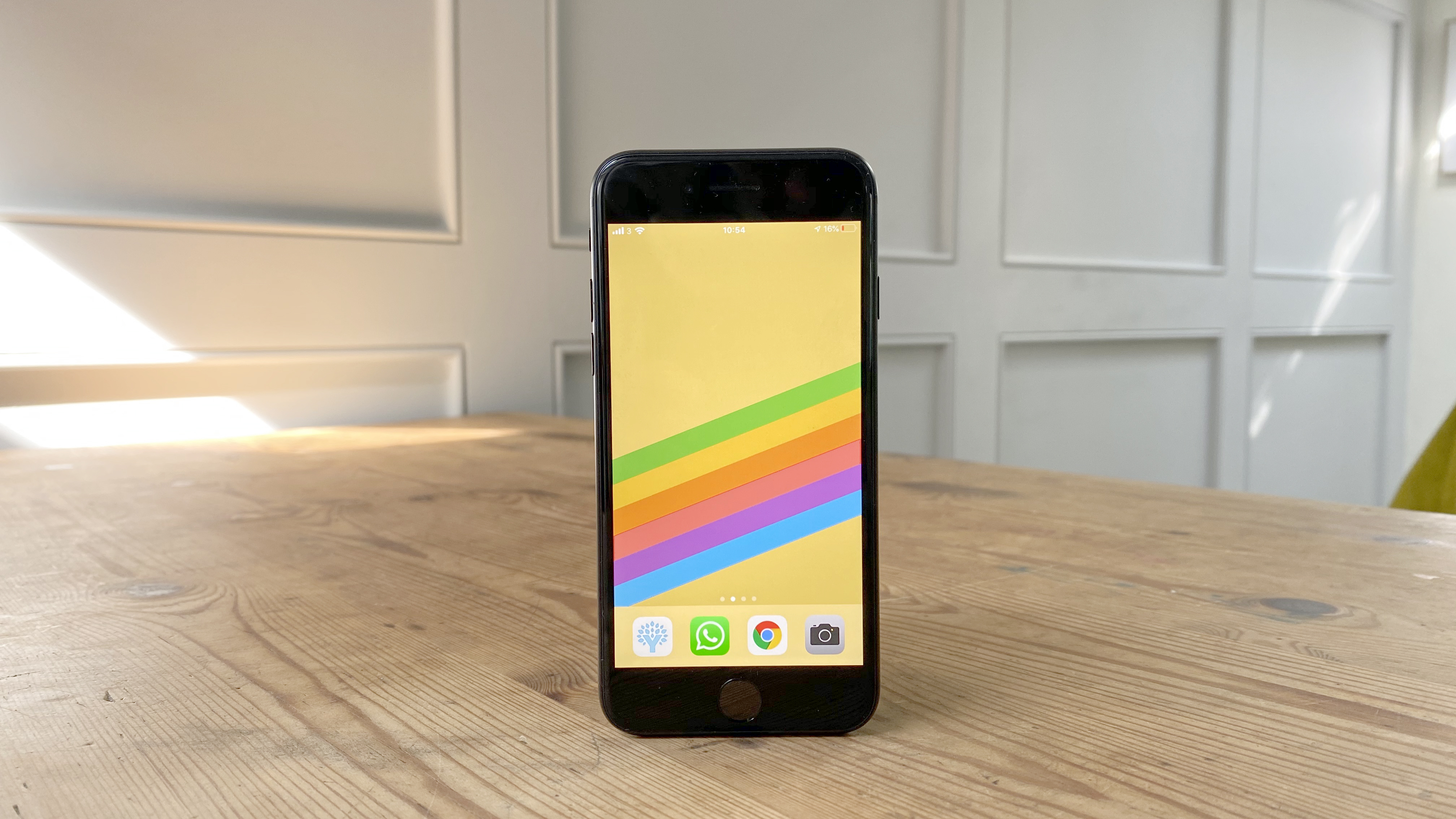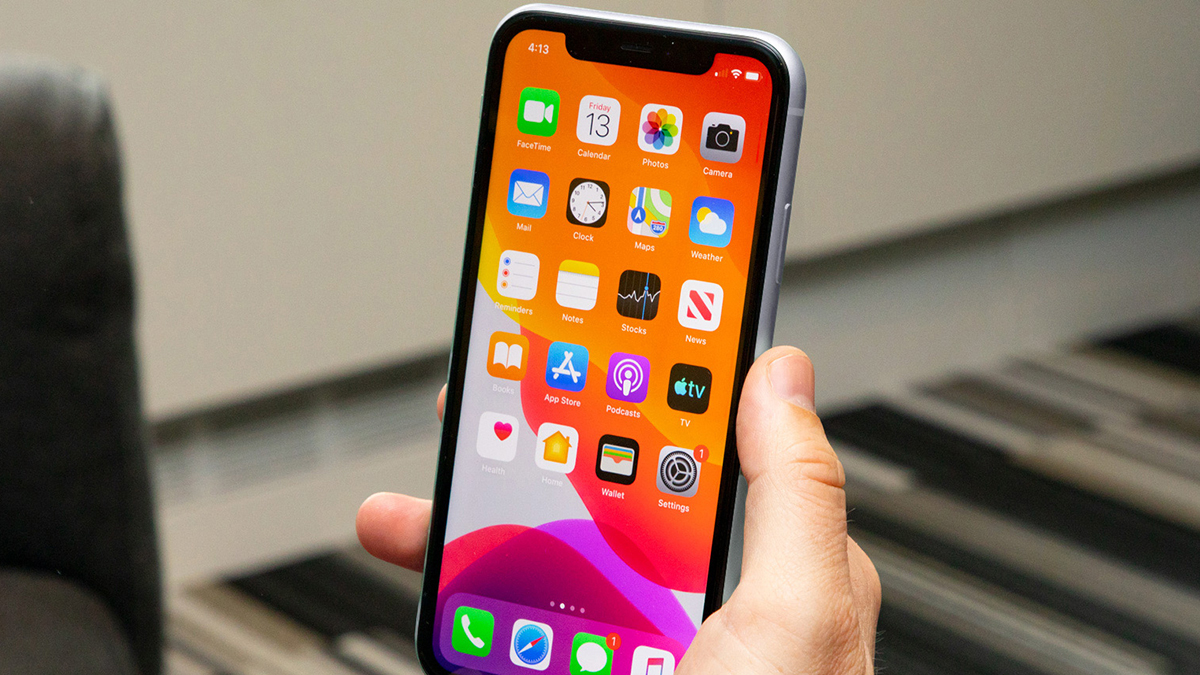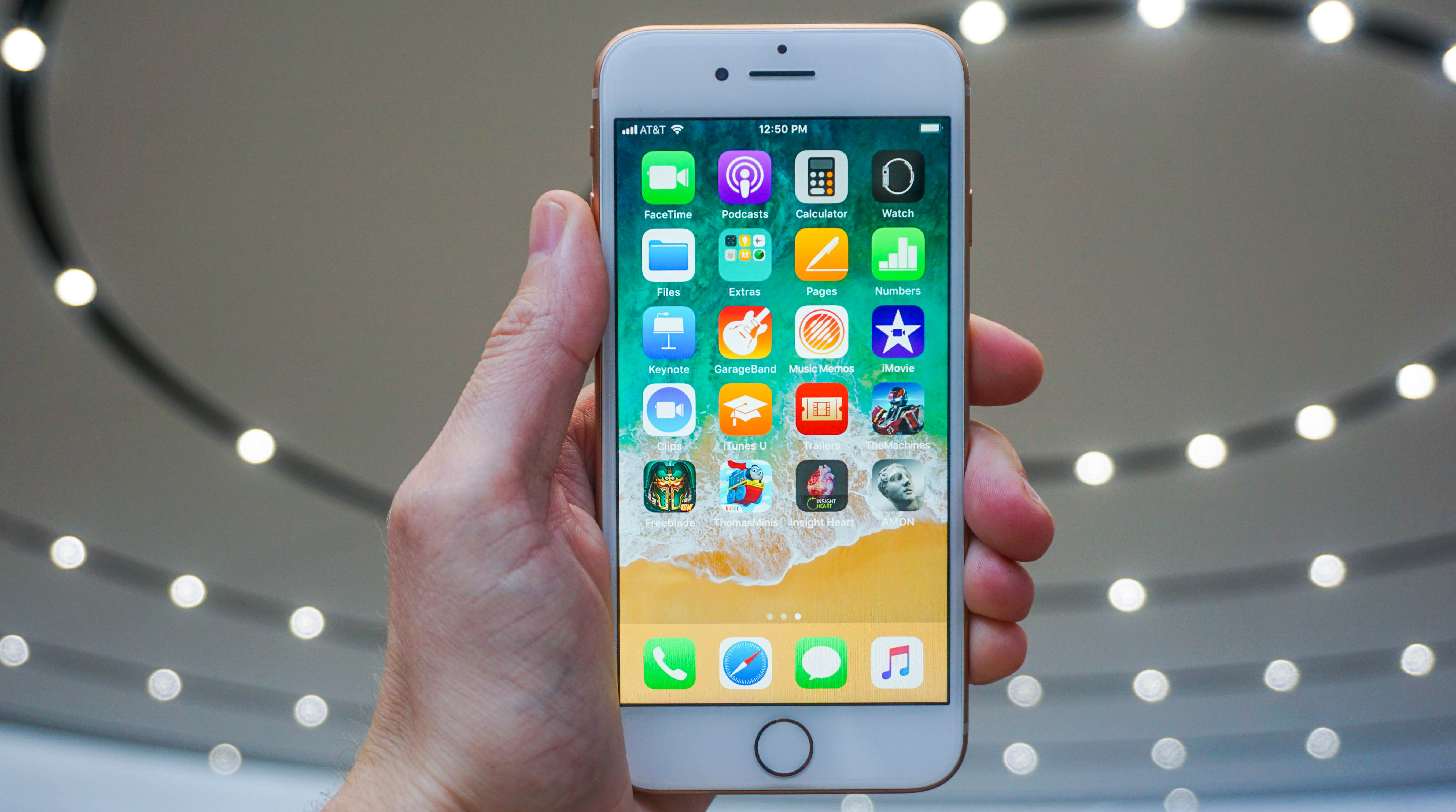iPhone SE 2020 teardown proves it’s mostly an iPhone 8 rerun
Aside from the A13 Bionic chipset inherited from the iPhone 11

We found the iPhone SE 2020 powerful yet affordable – and thanks to iFixit’s breakdown of the new budget Apple phone, we’ve discovered a lot of what’s inside.
The short version: yes, the new phone has many components that seem to be pulled straight from the iPhone 8, like the 1,821mAh battery, camera lenses and rear camera sensor. But, adversely, it should be said that they all benefit from the parts inherited from the flagship iPhone 11 line, too, like the A13 Bionic chipset, which should enable the new model to take better photos and potentially have longer battery life than the older iPhone.
Some might be disappointed that the SE 2020 seems to have inherited so much of its look and feel from the iPhone 8 and, really, the 2016-era iPhone 7 before it. But the silver lining is that, with so many of the older models’ parts in circulation, the iPhone SE 2020 should be very easy to repair. Heck, iFixit was even able to swap out displays between the iPhone 8 and iPhone SE 2020, even though they’re very slightly different.
While that’s not a guarantee that the SE 2020 will be cheaper to repair than other, pricier phones, parts should at least be easier to find. That won’t please folks who want the latest and greatest technology in their new smartphones, but for everyone who was eager for an update on Apple’s affordable iPhone, the lack of change might be welcome – especially if they’re already used to using their iPhone 8 or older model.
- iPhone SE 2020 vs. iPhone 11: which phone is right for you
- Best iPhones: the top Apple phones
- Google Pixel 4a: all we know about the iPhone SE 2020 rival

What’s new from the iPhone 11?
The marquee feature is the iPhone SE 2020’s new A13 Bionic chipset that enables faster computation. It will also make the phone compatible with iOS versions for years longer than the iPhone 8’s A11 Bionic, let alone the phones at the bottom of the iOS 13 compatibility list – the iPhone 6S and original iPhone SE, which both run the A9 Bionic chipset.
The iPhone SE 2020 also packs a few other parts from the iPhone 11 series, like gigabit LTE (MIMO) and Wi-Fi 6 compatibility.

What’s a holdover from the iPhone 8?
While rumors had previously suspected that the iPhone SE 2020 would retain the iPhone 8’s camera lenses but get a more advanced sensor from the iPhone XR, that doesn’t seem to be the case: the new phone’s sensor looks identical to that on the iPhone 8.
Get daily insight, inspiration and deals in your inbox
Sign up for breaking news, reviews, opinion, top tech deals, and more.
And yet, the iPhone SE 2020 is able to take portrait photos entirely through machine learning, without any of the fancy ‘focus pixels’ that the iPhone XR’s larger sensor uses for its depth photography, as the Halide blog explains.
While SE 2020’s battery is the same size as that on the iPhone 8, its connector has changed – meaning the batteries as a whole aren’t interchangeable. Things you can exchange between those two phones: taptic engine, main speaker, rear camera, and of course, the 4.7-inch Retina HD (1334 x 750) display.
The swappable display is the most intriguing, since Apple ditched 3D Touch after the iPhone 8 – but sadly, you won’t get that pressure-sensitive touch control if you mount an older display on the new SE 2020. If you’re curious, iFixit has a list of all the parts that can be exchanged between the two models.
- Best cheap phones: the iPhone SE 2020 will likely make it here
- Add more security to your mobile with these iPhone VPN apps
David is now a mobile reporter at Cnet. Formerly Mobile Editor, US for TechRadar, he covered phones, tablets, and wearables. He still thinks the iPhone 4 is the best-looking smartphone ever made. He's most interested in technology, gaming and culture – and where they overlap and change our lives. His current beat explores how our on-the-go existence is affected by new gadgets, carrier coverage expansions, and corporate strategy shifts.
